© ROOT-NATION.com - Use of content is permitted with a backlink.
I’ve always been interested in the manifestations of a somewhat deviant (in my opinion) phenomenon called “audiophilia”. But at the same time, I cautiously watched from a distance, trying not to delve too deeply into the topic. At least because it is a very costly addiction. It is enough to see once how people buy “budget” gold cables for $1500 to realize that it is better to stay away from such a “hobby”. Since our reviews mainly cover the mass consumer segment of electronics, which includes mostly wireless audio, especially the popular TWS class, “real Hi-Fi” mostly passed me by. But, this time, I unexpectedly got Kiwi Ears Quintet wired in-ear monitor headphones for testing. Today I will tell you how I was forced to test really high-quality sound and remained alive and well!

Why did I choose Kiwi Ears Quintet?
“What did you choose if you were sent the headphones to test?” you may ask. Yes, indeed, but I did have a moment of choice. At this point, before starting the story, I would like to thank our partner, without whom this review would not have been possible.
This is the international online hi-fi store LINSOUL, which I thank for providing three models of Kiwi Ears headphones – Quartet, Quintet and Orchestra Lite – for testing.
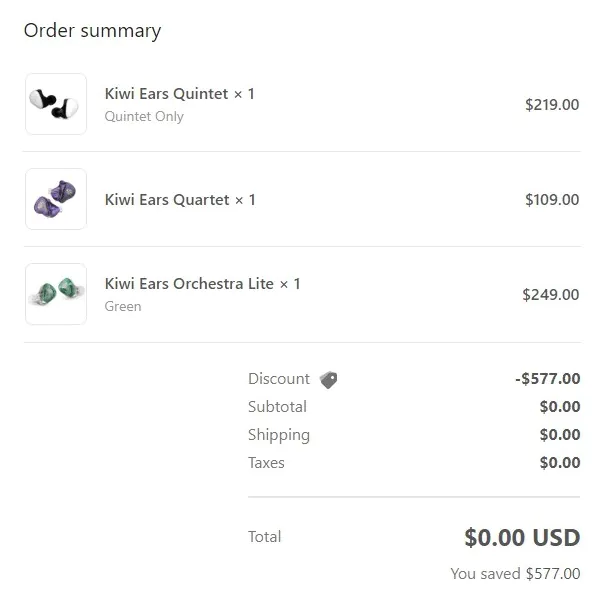
Accordingly, this is where my choice comes from – I listened to all three headphones and chose the best ones to my taste, which turned out to be the Kiwi Ears Quintet model I will tell you about today. I should note that these are not the most expensive headphones in the set, but the sound seemed to me the best.
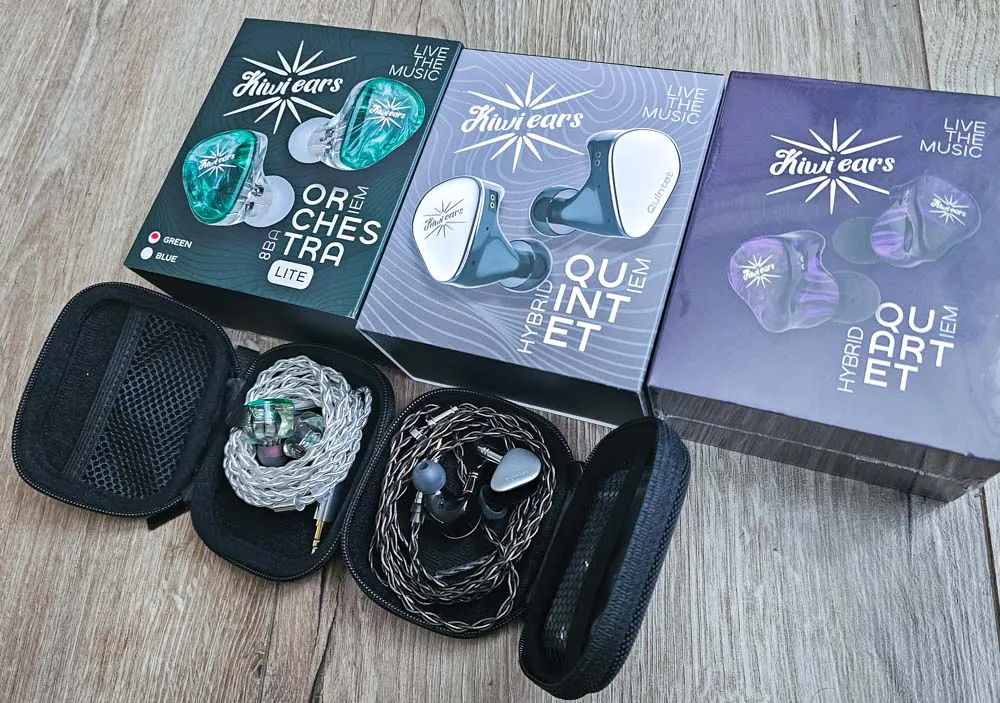
My colleagues are reviewing the other two models, and they will also be published on our website very soon.
I also want to thank our partner in Ukraine, the Soundmag.ua store, for helping me create the review, namely, the Shanling M3 Ultra audio player and iFi Go bar Black portable DAC provided to me for testing.


Main characteristics and features of Kiwi Ears Quintet headphones
- Type: in-ear monitor (IEM) headphone
- Drivers: 5 in each headphone:
-
- 1x 10 mm Diamond-Like Carbon (DLC) dynamic woofer
- 2x Knowless balanced armature (BA) drivers
- 1x microplanar high-frequency transducer or microplanar tweeter (MPT) 4-40 kHz, 118 dB
- 1x piezoelectric bone conduction driver (piezoelectric (PZT) bone conductor)
- Cable: 1.2 meters, High-quality Oxygen-free Silver-plated Copper Cable
- Headphone connector: 2-pin 0.78 mm
- Audio source connection: 3.5 mm analog coaxial jack
The main feature of the headphones is directly reflected in the name: Quintet is Latin for an orchestra of 5 instruments. That is the number of drivers installed in each headphone. And all drivers are worthy of special attention. The Kiwi Ears Quintet uses 4 different types of drivers, consisting of one diamond-like carbon (DLC) dynamic driver, two balanced armature (BA) drivers, one flat magnetic driver, and one piezoelectric (PZT) bone cone driver. Even a simple list of components that could be placed in a rather compact case is impressive, you will agree.

Why was such a complex multi-driver design necessary? Such a set of drivers can cover the entire frequency spectrum that the most sensitive human ear can hear. Also, thanks to 5 drivers in each earbud, Quintet provides extremely high resolution sound, which is equal in quality to professional studio monitor equipment. That is, everything is done to maximize the sound quality and to make it as close as possible to the original intent of musicians and audio producers.
The large 10mm dynamic driver in the Kiwi Ears Quintet works as a subwoofer to deliver bouncy, impactful bass, but with a high decay rate. Two balanced armature drivers from the famous audio brand Knowles provide natural and clear midrange. The high frequencies are handled by a microplane transducer, which is a fairly new driver technology for the in-ear monitor headphone industry. These drivers are based on a classic magnetic driver design, but have a smaller footprint, making them better suited for compact hybrid designs. In terms of sound generation, microplane drivers are characterized by high power output and low noise, while providing clear and detailed high frequencies. And finally, a piezoelectric driver is used to reproduce ultra-high micro details of the soundstage and “air” (the overall acoustic atmosphere of the recording).
In general, creating balanced, high-quality high-frequency sound is a very difficult task for compact in-ear monitor headphones. Balanced armature (BA) drivers are compact, but cannot provide high resolution of ultra-high frequencies, and are limited by output power and timbre quality. Another popular type of high-frequency driver, the electrostatic transducer (EST), is difficult to use in multi-driver headphones because it has very low power output and is often masked by the loud sound of other drivers. In addition, EST drivers can sound very metallic under high voltage, resulting in an unnatural presence effect. For this reason, Kiwi Ears has developed a new tweeter with a small modular size of only 5mm, but with a staggering 118dB output. The Kiwi Ears Microplanar Tweeter (MPT) is effective in producing sustained high frequencies from 4 kHz to 40 kHz.
Typical BA or EST drivers have a high frequency output that decreases after 8 kHz. The microplane transducer, on the other hand, can maintain the same constant SPL at 14 kHz as at 4 or 8 kHz. This provides extreme flexibility in configuring the MPT driver to avoid sound mismatches with other driver types used, such as BA or DD. In addition, the MPT driver has a more natural tonal texture than the EST or BA drivers, which allows for better integration into the sound mix.
Balanced sound was the main task when creating Kiwi Ears Quintet. The development of these headphones lasted almost a year due to the engineering complexity of combining all types of drivers. However, the result is a fully balanced tone that accurately reflects the best qualities of each driver used. But we have yet to test this main feature of the headphones in practice.
Read also: LETSHUOER x GIZAUDIO Galileo review: The sound of space
Package contents
The headphones come in a medium-sized package. On top is a thin cardboard cover with a color image of the product, basic information and specifications. Under the cover is a black cardboard box. Inside there is the first holder made of foam polymeric material with 2 headphones without a cable.
We pick up the first holder and find a simple paper instruction (telling how to connect and put on the headphones) and the second holder, which contains a high-quality hard case with a zipper, covered with synthetic fabric, inside which there is a headphone cable and a set of 6 pairs of silicone ear tips of different sizes and shapes.
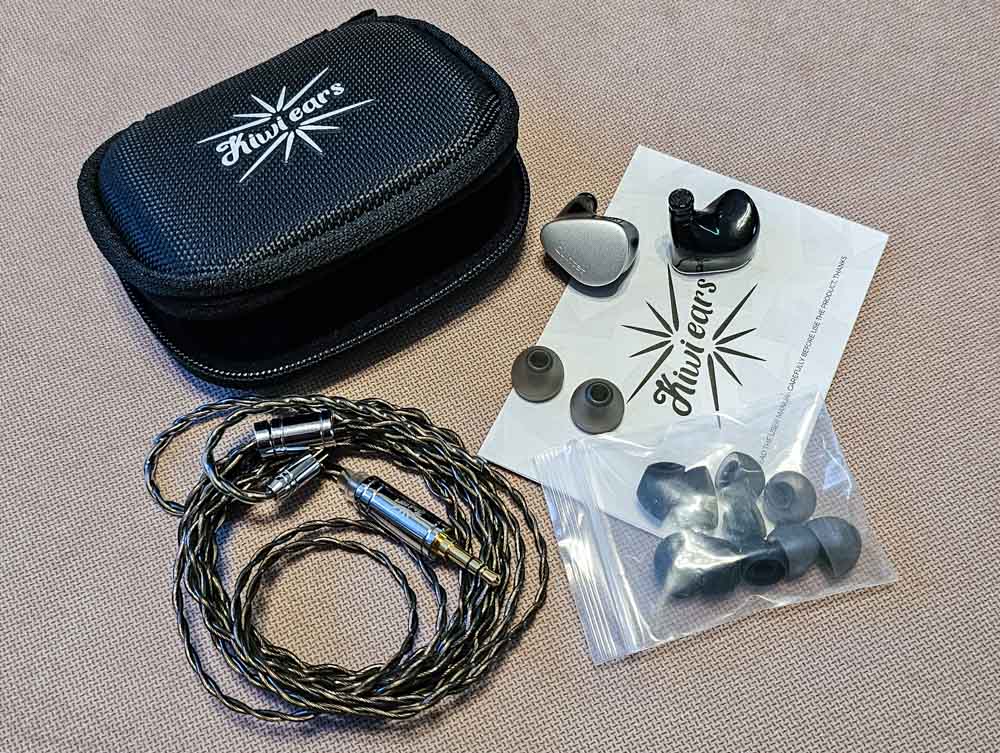
Read also: Knowledge Zenith EDX pro review: Can HI-FI headphones be cheap?
Design, materials, build quality
First of all, it should be noted that Kiwi Ears Quintet headphones are quite compact compared to other multi-driver competitors, even those with fewer drivers inside. We have already found out that one of the reasons is the use of innovative compact drivers. Also, the design is very restrained, which is not very typical for Chinese Hi-Fi headphones, whose cases are mostly made of polyester resins with bright color additives. In contrast, the Quintet is a stylish and sophisticated product that I personally really like the way it looks.
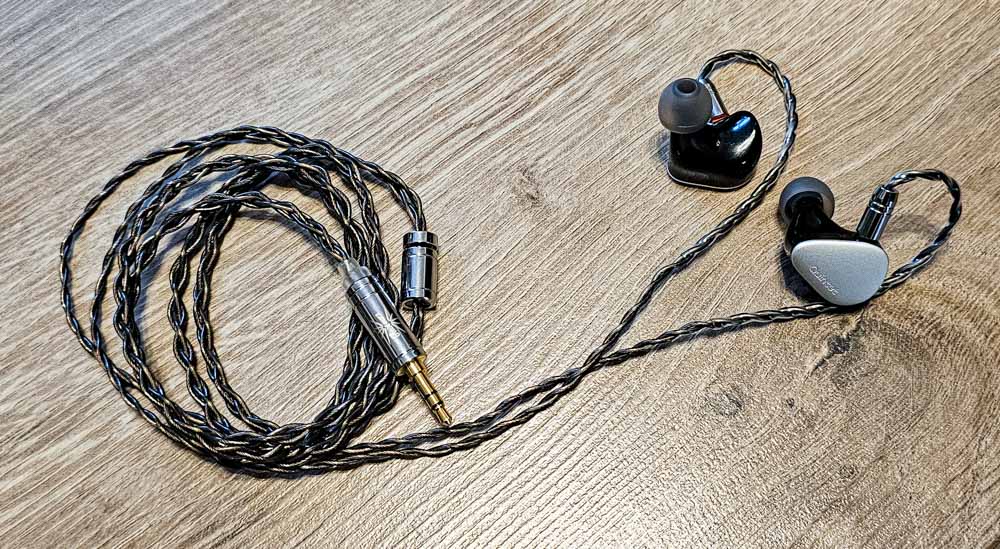
The main body is 3D printed from black hypoallergenic plastic and polished to a high gloss. The shape of the headphones is complex and repeats the shape of the auricle. The inner part of the case turns into a rather long mesh-covered sound guide with a mount for a silicone in-channel ear cushion.
The outer part of the headphones is matte aluminum. On the right earpiece, the manufacturer’s logo is engraved on a metal plate. The left one has the model name.
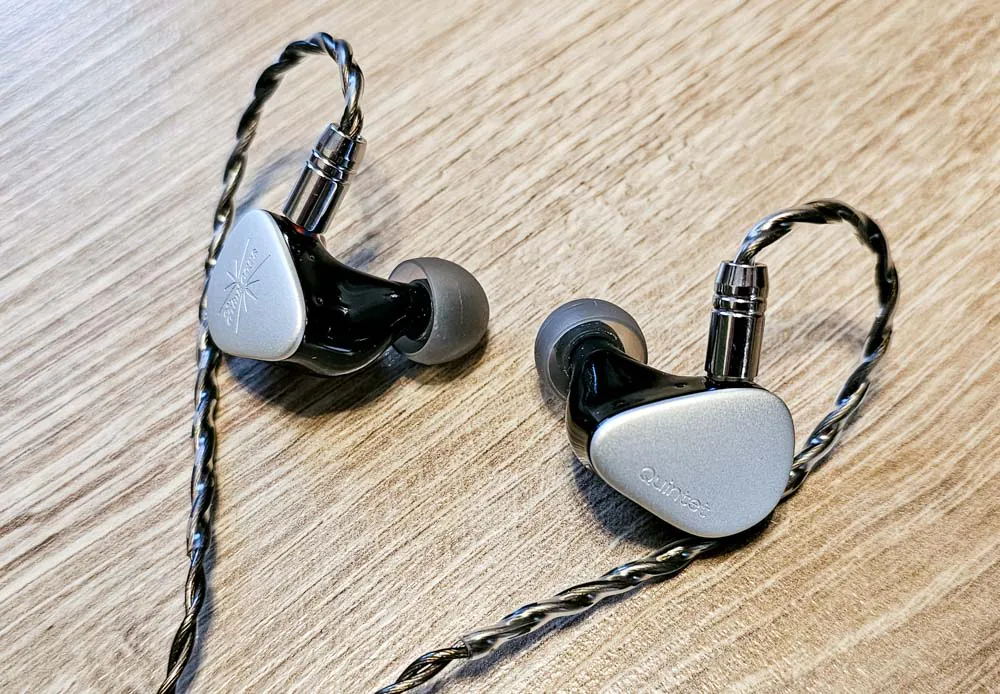
There is a 2-pin 0.78 mm cable jack on the plastic part of each earbud at the top front. Below there are 2 holes, apparently for decompression of the loudspeaker cabinet.
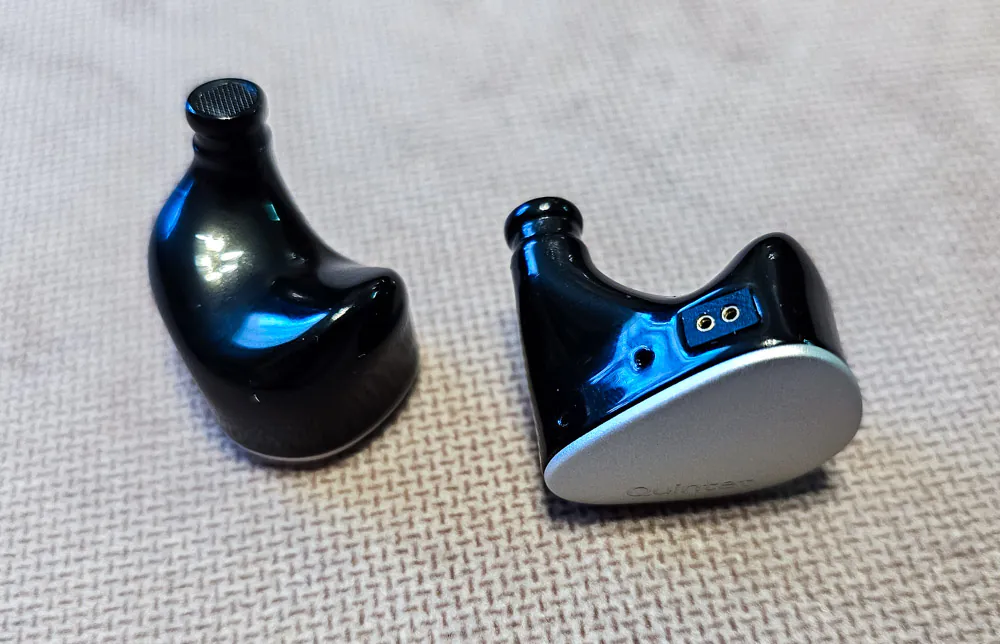
Let’s move on to the bundled cable. According to the manufacturer, it is oxygen-free copper with a gold coating. Externally, the cable is dark brown with translucent insulation.
The total length is 1.2 m, the cable is woven from three wires in the main part from the 3.5 mm plug body to the splitter, from which 2 two-core braids for each headphone come out, they are woven from wires of smaller diameter. In general, the cable is quite soft and flexible.
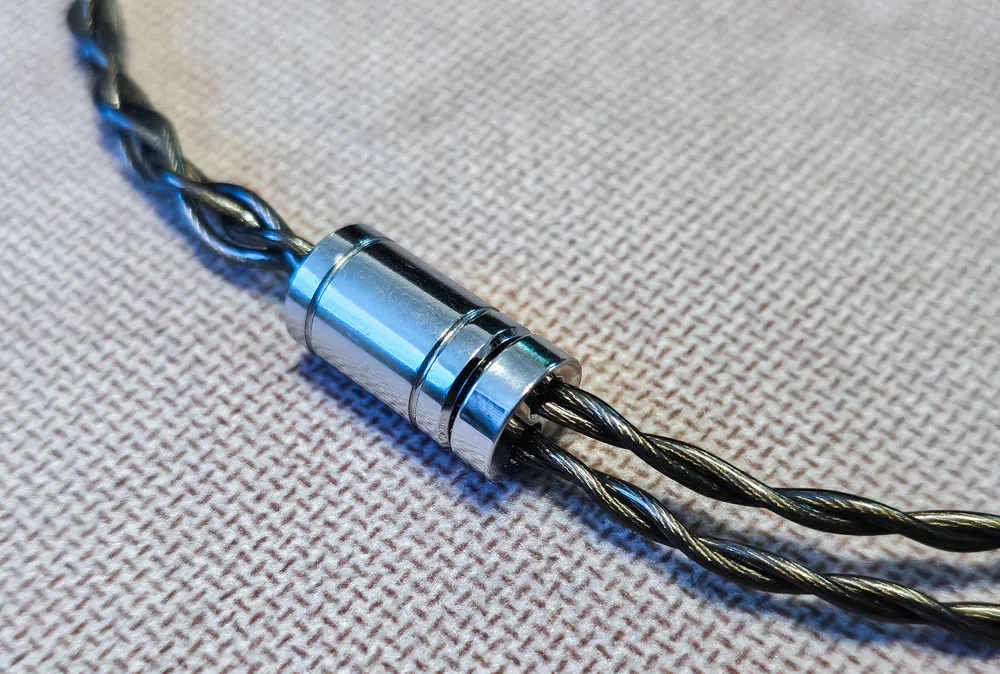
The body of the 3.5 mm jack is massive and made of polished metal. The case is marked with the manufacturer’s logo. The plug itself is gold-plated. The cable exit is reinforced with a polypropylene insert.
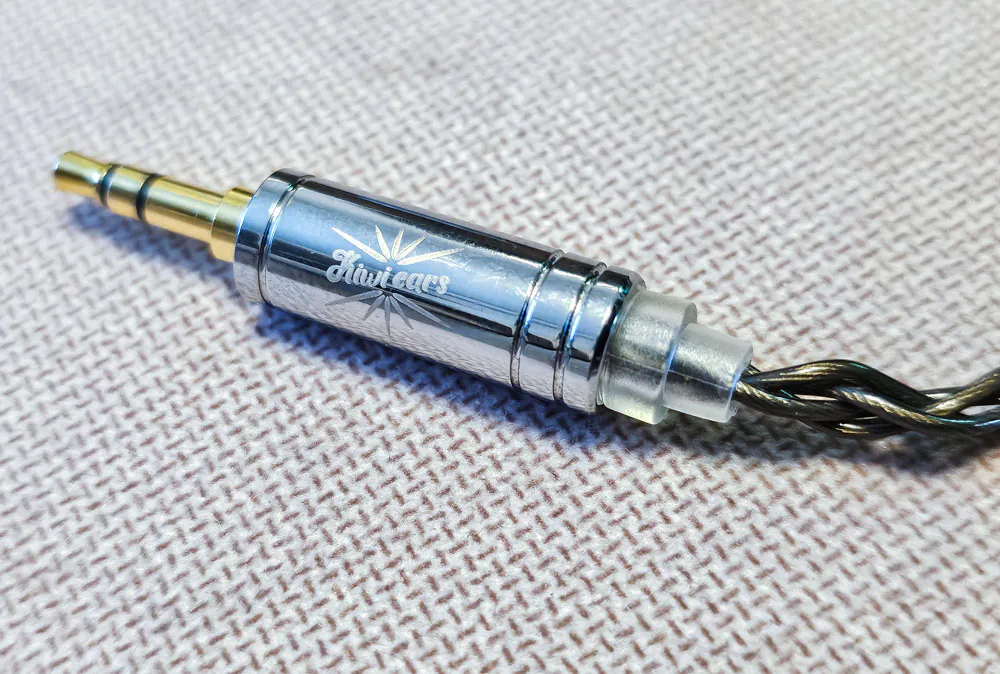
The splitter is also metal, equipped with a movable cable clamp (you can tighten it to prevent cables from dangling on the go).
At the end of each of the two cables for separate channels, there are 2-pin 0.78 mm connectors in a metal housing. The right plug is marked with a red insert. The last 10 cm of the cables are sealed in additional heat-shrinkable insulation, which gives them a curved shape for routing the wires behind the ear.
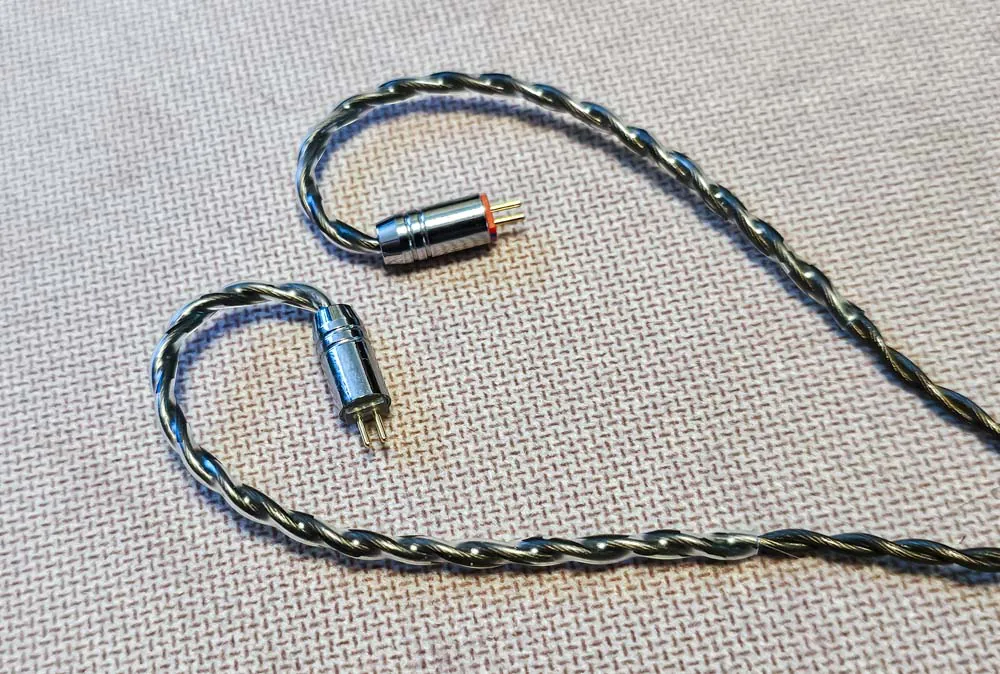
In general, the Kiwi Ears Quintet headphones are made perfectly, the quality of materials and assembly is top-notch, I have no complaints.
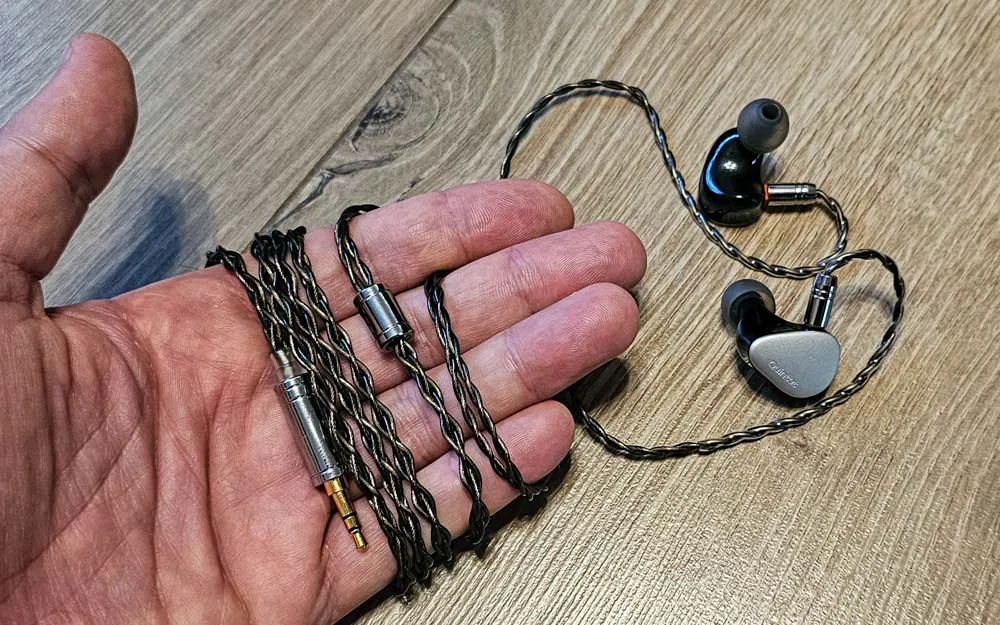
Testing conditions
Music source – Tidal
First, I had to decide where to get music in high quality. It would be very unprofessional to test hi-fi headphones while listening to content from YT Music. But I also didn’t really want to search for flac files somewhere (or even buy them) and load them into the player. The solution was obvious – choose one of the streaming services with high quality. I chose Tidal because of a combination of factors, such as the high quality of music files in the HiFi Plus package with the ability to download and listen locally without an Internet connection, a free trial period, and the ability to double it for a very reasonable price of $4.
Test equipment
As I said before, I managed to solve the issue of basic testing equipment with the help of my partner, the Soundmag store. So, the main device for testing was a mid-budget Hi-Fi player Shanling M3 Ultra.

Another alternative player was my Samsung Galaxy S23 Ultra smartphone, which has decent flagship audio characteristics, an AKG-tuned sound chip, and supports 32-bit/384kHz audio output.
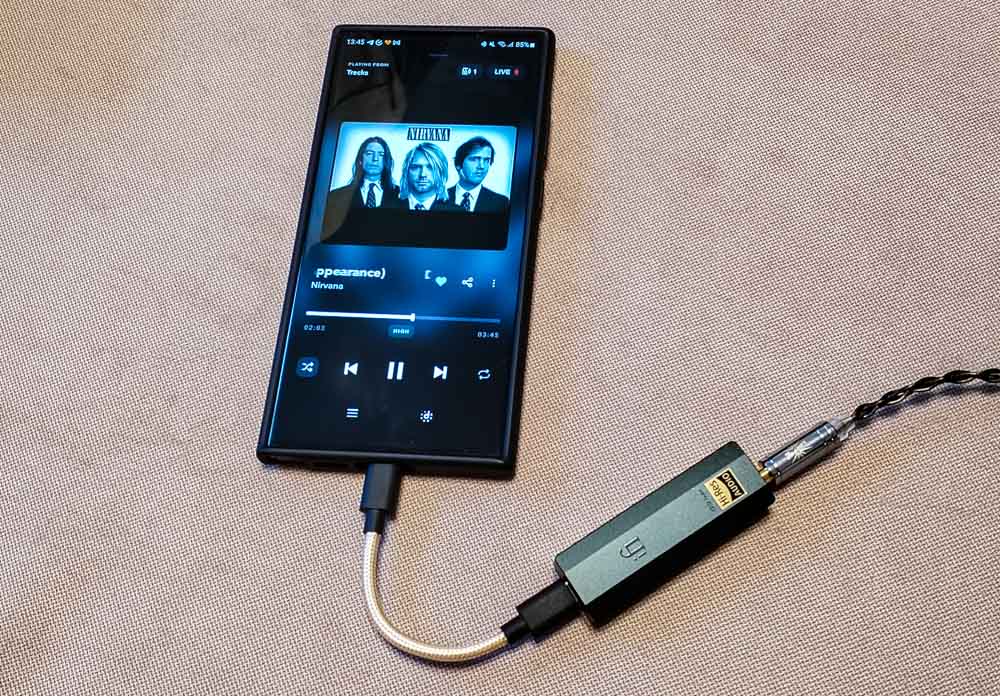
Of course, the smartphone does not have an analog audio jack for connecting headphones directly, so I used the device in conjunction with the iFi Go bar Black portable DAC.
I also had at my disposal an inexpensive compact USB-C/3.5mm DAC from AliExpress – GraveAudio DA06, which I also used in conjunction with a smartphone.

The small adapter runs on the Conexant CX31993 chip and supports the highest possible output signal parameters from my smartphone (32-bit/384kHz).
Since Kiwi Ears Quintet is actually a modular constructor that can change the cable wiring thanks to 2-pin connectors, I couldn’t help but try to create a wireless version of the headphones with Bluetooth connection.
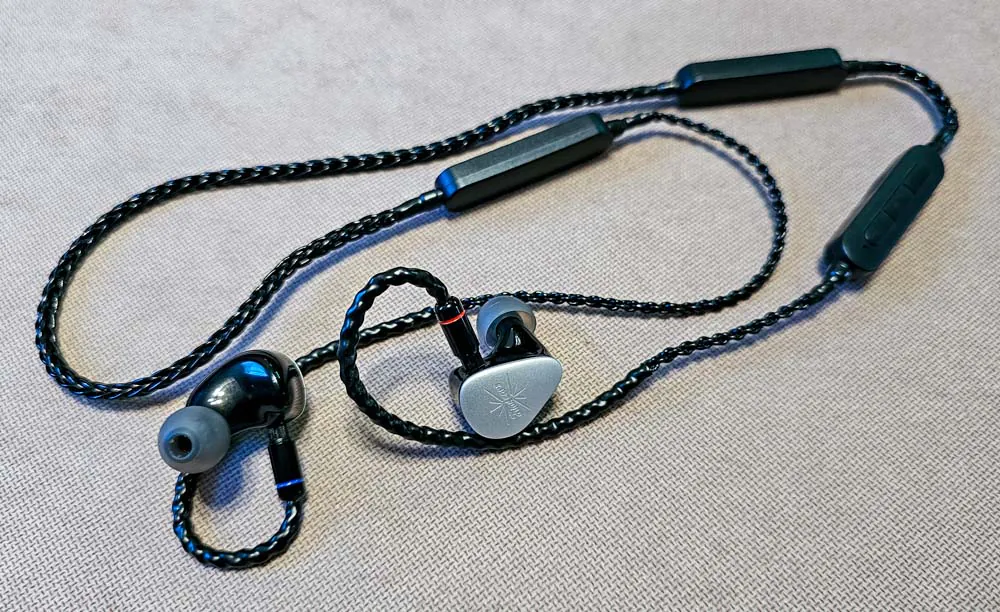
For this purpose, I used 2 variants of wireless cables that support Hi-Res codecs. Both accessories were also purchased on AliExpress:
- Option 1 – aptX Adaptive Headphones Bluetooth 5.0 Cable with LDAC
- Option 2 – Qualcomm QCC5181 Multipoint 400mAh Bluetooth 5.4 Earphone Upgrade Cable LDAC APTX-HD AAC

So, we’ve figured out where we get our music in high quality and what equipment we use to play it, so let’s move on to my personal impressions of the sound of Kiwi Ears Quintet headphones.
Read also: BLON X HBB Z300 headphones review: The golden dragon is the king of metal
Sound of Kiwi Ears Quintet
First of all, I’ll talk about the sound of the headphones paired with the Shanling M3 Ultra player, because in my opinion, in this case we have minimal hardware influence and the best sound quality thanks to the built-in dual DAC and a decent amplifier. That is, we can consider the HiFi player an ideal option for testing the sound from the set I have. It should also maximize the potential of the headphones. And then I will share the experience of using other equipment in conjunction with headphones.

I listen mainly to rock music, but modern rock is very rich in mixing styles, including the addition of elements of electronic genres, or the presence of instrumental acoustic compositions, elements of classical music. Therefore, in fact, I was able to test the headphones in a variety of musical environments.
High frequencies
Super clear and detailed high frequencies are 100% the main feature of Quintet, and I was really impressed with it. No wonder Kiwi Ears developers paid a lot of attention to creating custom high-frequency drivers for Quintet and the manufacturer emphasizes this feature of the headphones in the promotional content. I would like to note that high-frequency elements do not dominate, do not merge into a mess of noise and do not interrupt other elements of the sound mix and fit very harmoniously into the overall scene. It’s just very cool!
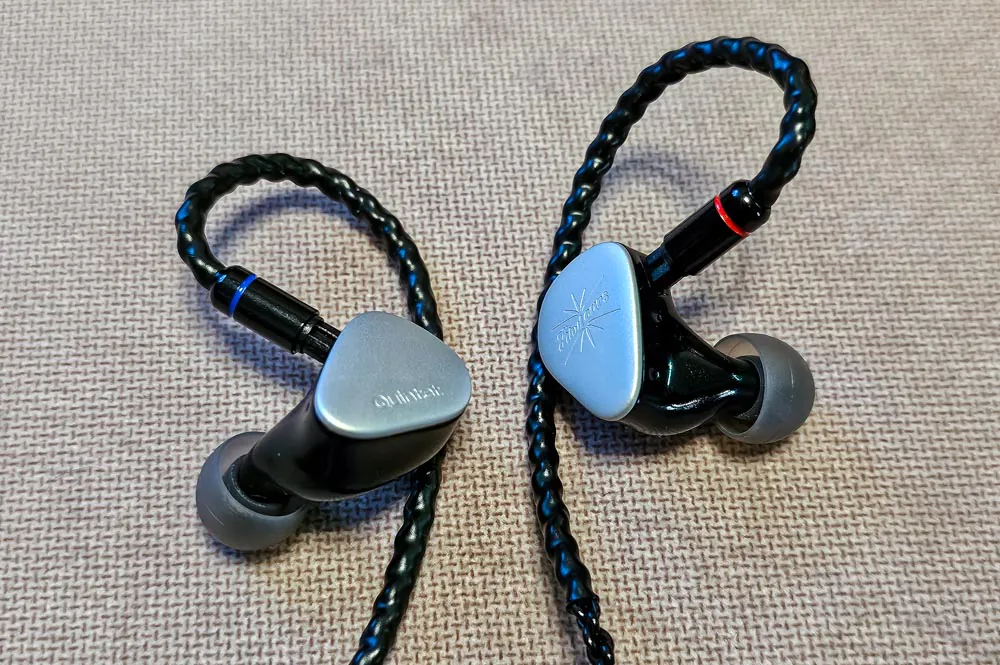
Midrange frequencies
The mids are the mids, and usually this part of the sound spectrum is the basic foundation of most musical compositions. I can’t single out any exciting feature of the headphones in this regard, except that Kiwi Ears Quintet just does everything right with the sound of the midrange. The balanced armature from the well-known Knowless brand is a reliable solution, so 2 drivers on each channel do their job perfectly.
Low frequencies
As for bass, the headphones have a lot of potential in this regard. But, in my opinion, the default factory sound profile paired with the Shanling M3 Ultra player does not reveal it to the fullest. Personally, I even like this approach. That is, the headphones do not “buzz” or “rock”, but a bass drum or bass guitar, for example, sound very elastic and clear. If you want more low frequencies, you can use the equalizer. And believe me, you won’t feel the lack of bass, because the 10 mm DLC drivers of Kiwi Ears Quintet are capable of impressing any fan of loud bass.
General impressions of the headphones
Overall, I really liked the sound of the headphones. It seems to me that I have never heard a more balanced sound before. Although, perhaps, this impression arose due to my limited experience, so I would like to hear in the comments the feedback from other owners of Kiwi Ears Quintet. But, in general, the headphones are great, because the sound is clear, all frequencies are in place, they do not interrupt each other, the detail is at the highest level, the sound is very surround. I don’t know if you can expect more from IEMs..
As I said earlier, I was able to directly compare the sound of the Quintet with the more expensive model, which is based on 8 balanced armature drivers in each earbud. I found the sound of Orchestra Lite to be a bit flat and monitor-like, a kind of real RAW sound for professional work, unlike the Quintet headphones, which are 100% musical. That’s why my colleague Denis, who edits video for our channels, is reviewing Orchestra Lite, so he’s constantly working with sound. To be continued.
Dependence of the Kiwi Ears Quintet sound on the equipment
As I said at the beginning of the chapter, I got the best headphone sound quality when using a player. But the option of smartphone + portable DAC with an amplifier produces about the same result. The iFi Go bar test device even had various equalizer effects and a bass boost mode, so it may be a better option for some bass lovers.
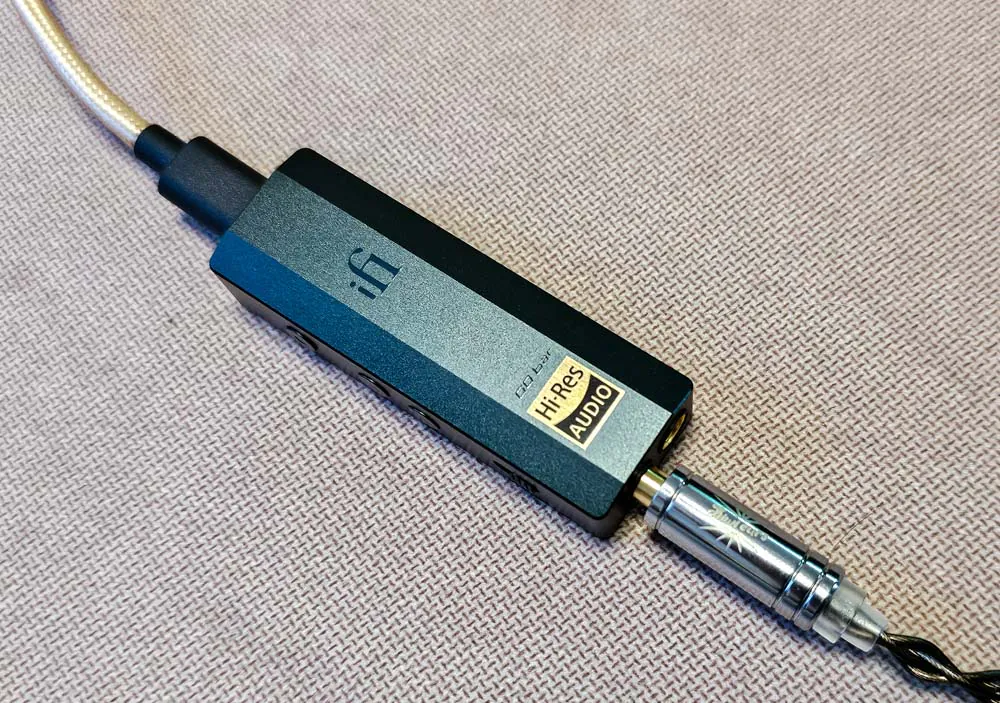
The option of using an adapter, which is essentially also a compact DAC, but based on a single chip, also produces good sound at low and medium volumes. However, this solution lacks power and when listening to music at high volume, there are noticeable distortions of high frequencies and deteriorating detail. On the plus side, this headphone connection option allows you to use the audio effects built into your smartphone, such as Dolby Atmos or equalizer.
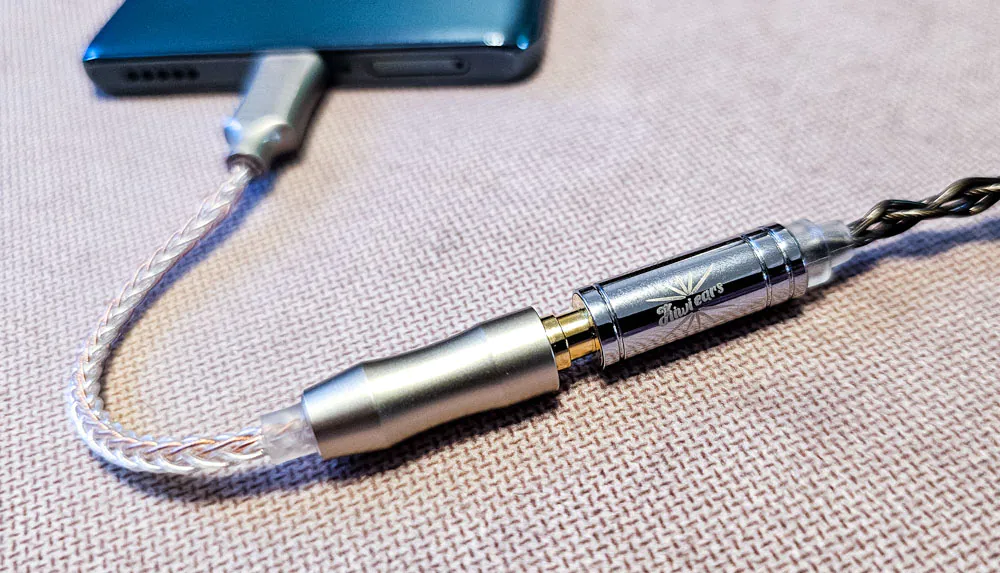
As for streaming music via Bluetooth cable using the LDAC codec, I can note that the sound quality is very acceptable when compared to other Bluetooth headphones, for example, TOZO Golden X1, or even Noble FoKus Mistique (review coming soon), but still cannot be compared to a wired connection. A cable is definitely the best solution for Kiwi Ears Quintet.

To justify the option of using a Bluetooth cable, I can say that this option is much more convenient when using headphones with a smartphone. Therefore, you can slightly compromise on the sound quality. You also get buttons to control music playback. In addition, you will have a microphone, so you can answer voice calls and return to listening to music as needed. You can also connect the earbuds to multiple devices at the same time for parallel use.
Read also: TOZO Golden X1 review: cool hybrid TWS earbuds for music lovers
Comfort of using Kiwi Ears Quintet
Due to the ergonomic shape of the inner part of the earbud, Kiwi Ears Quintet fit very well in the ears. I can listen to music using these headphones for 4-5 hours and do not notice an unpleasant or painful sensation, as is often the case with some other in-ear models. Also, the very design of Quintet, which involves routing the cable behind the ear, helps the headphones stay in place well, even during quite intense movement.
But of course, I can’t guarantee that these headphones will fit absolutely every ear on the planet, so I advise you to try them on live before buying, if possible (this advice applies to any headphones in principle). Once again, I personally found the design and shape of the headphones very comfortable.
Read also: Meze 99 NEO review: Aesthetics and elegance of sound
Conclusions
To begin with, I want to note a few personal conclusions after testing Kiwi Ears Quintet headphones:
- If you start listening to music in lossless format, it’s a pain to go back to the usual “muddy” mp3, even in high bitrate. I don’t advise you to start if you’re not ready for the increased cost of listening to music. Personally, I will stay with Tidal. Although I can’t cancel my subscription to YT Music because it’s family-friendly, and I use it in my car in conjunction with Android Auto. Add a VPN package to the mix and we get a significant increase in the amount of monthly spending on music subscriptions.
- The sound quality over the cable is still better than with wireless streaming, and I was able to verify this using the same audio sources and headphones. Although, when using modern codecs like LDAC or aptX HD, the difference between wired and Bluetooth is almost invisible.
My conclusions about the product may seem trite to you, but I don’t have any other for you. Kiwi Ears Quintet are very cool headphones with excellent balanced sound. I especially want to note the excellent detail of high frequencies, bouncy bass, and good reproduction of the musical atmosphere in general, especially for live instrumental compositions.
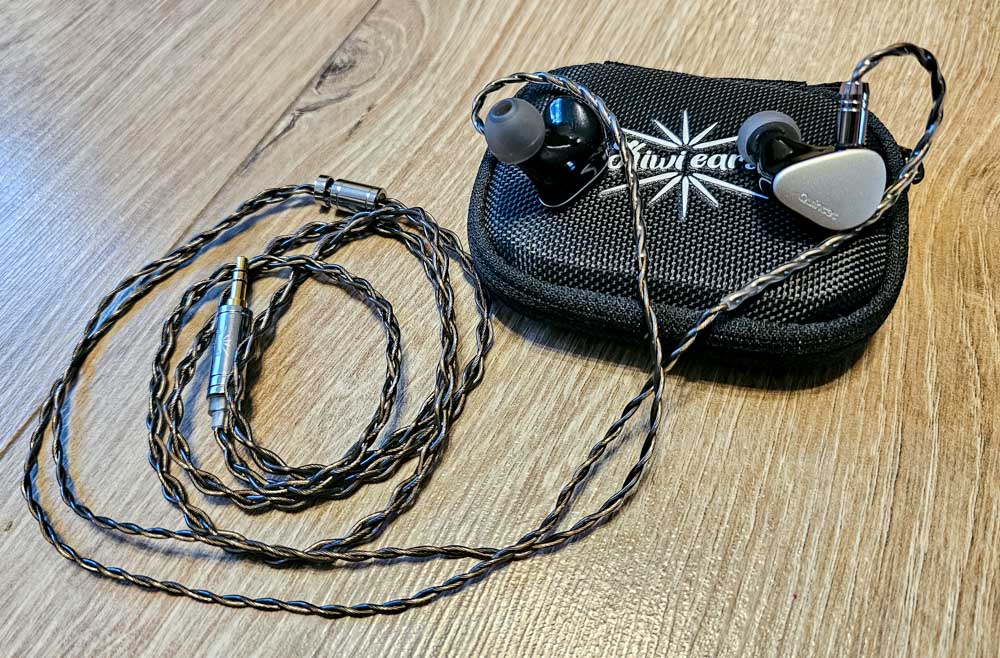
In fact, I did not find any significant drawbacks. Although, in comparison with the Orchestra Lite model, the headphone cable turned out to be thinner, so it has a slight tendency to tangle. But, this disadvantage can be easily fixed thanks to the modular design of the headphones – just buy another, more massive cable. And not necessarily for thousands of dollars. In general, I highly recommend this product!
Where to buy



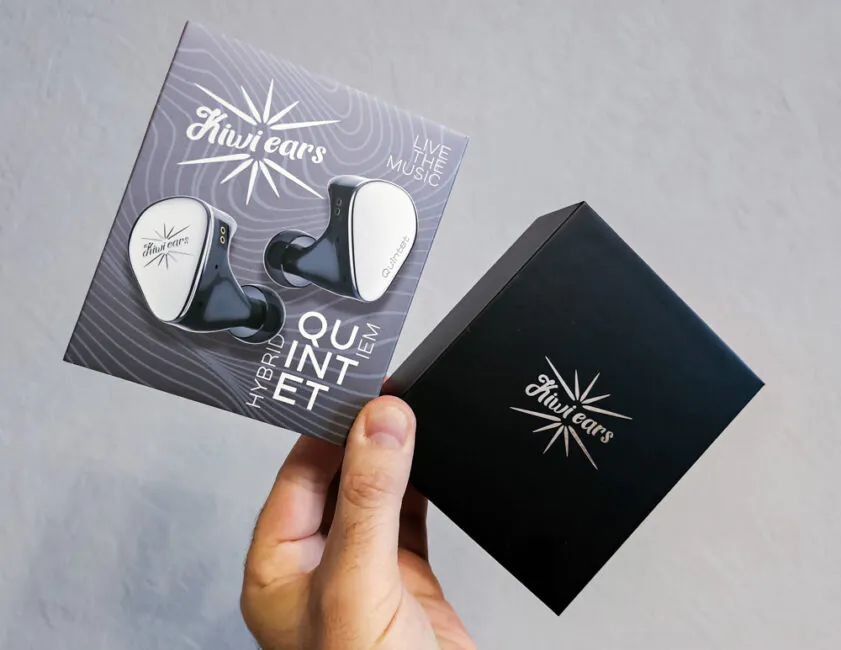
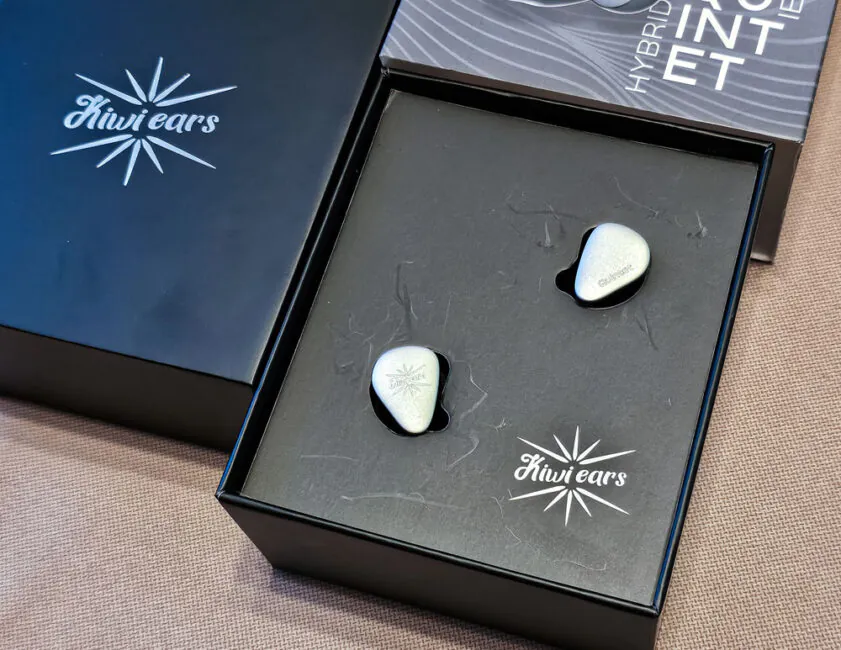
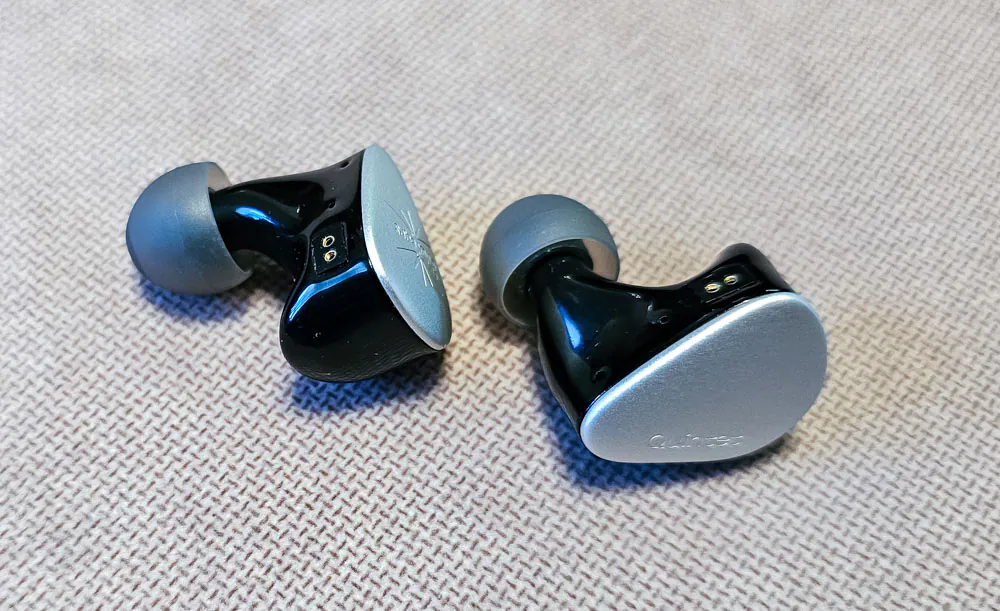
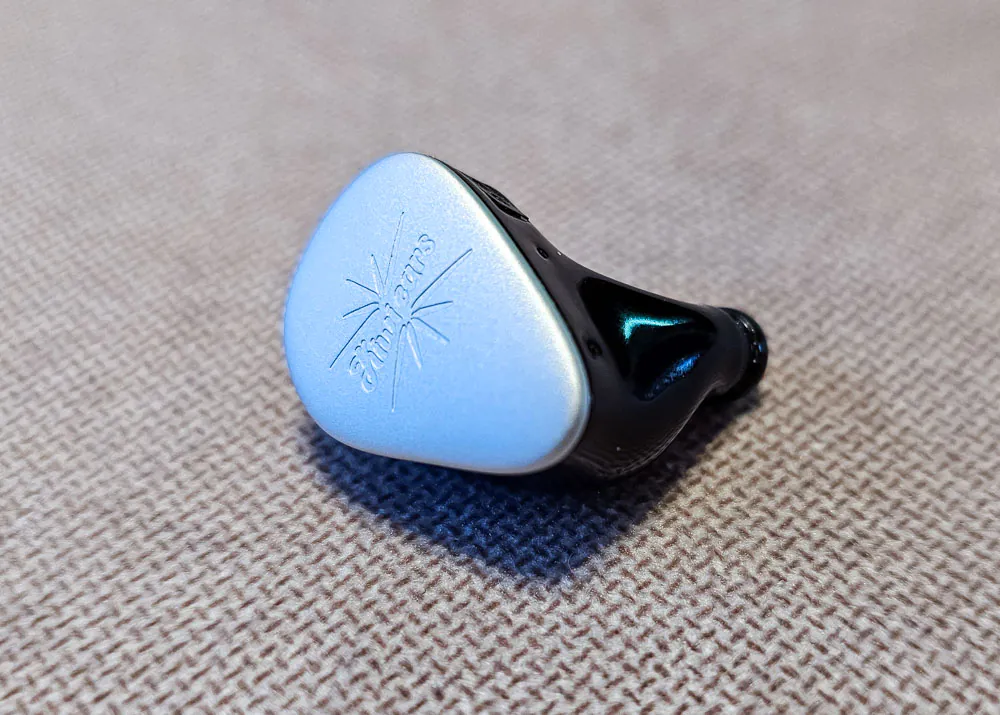
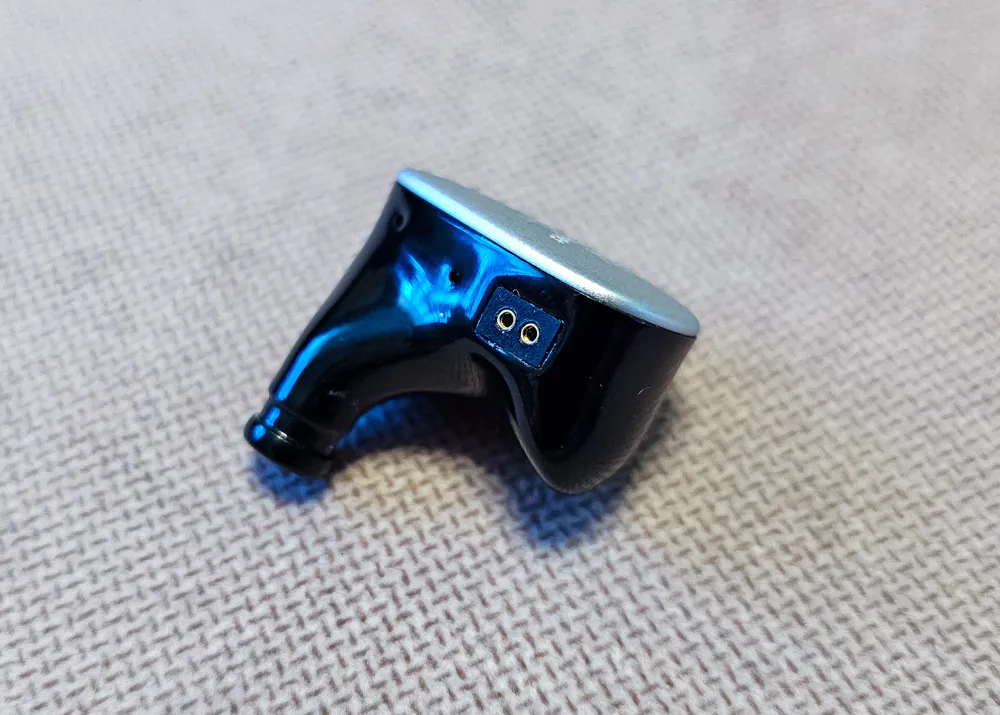

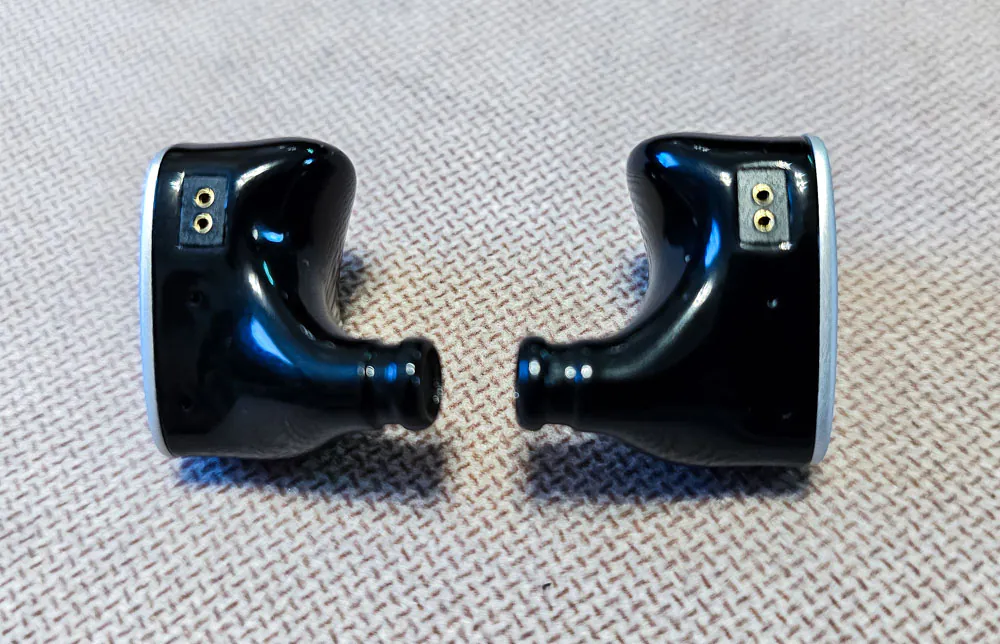
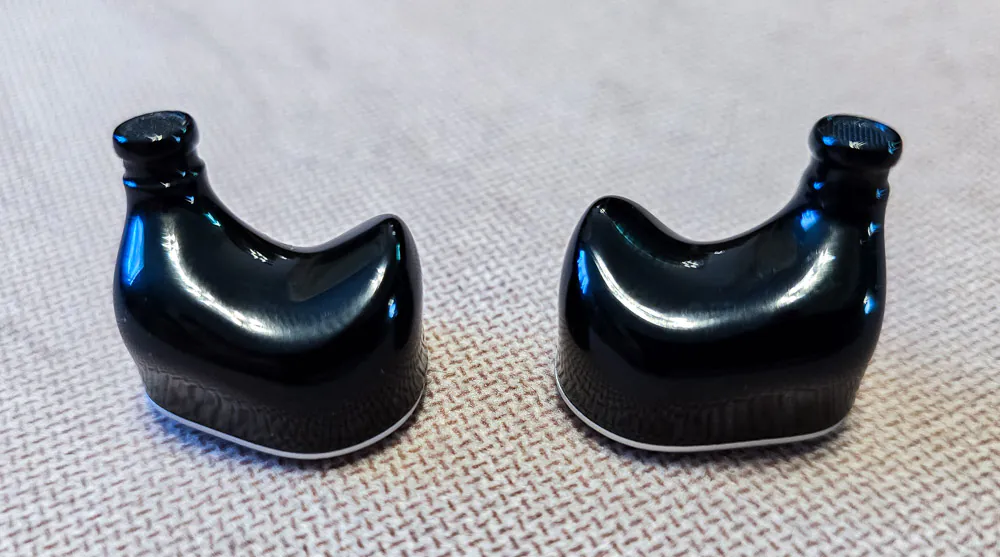

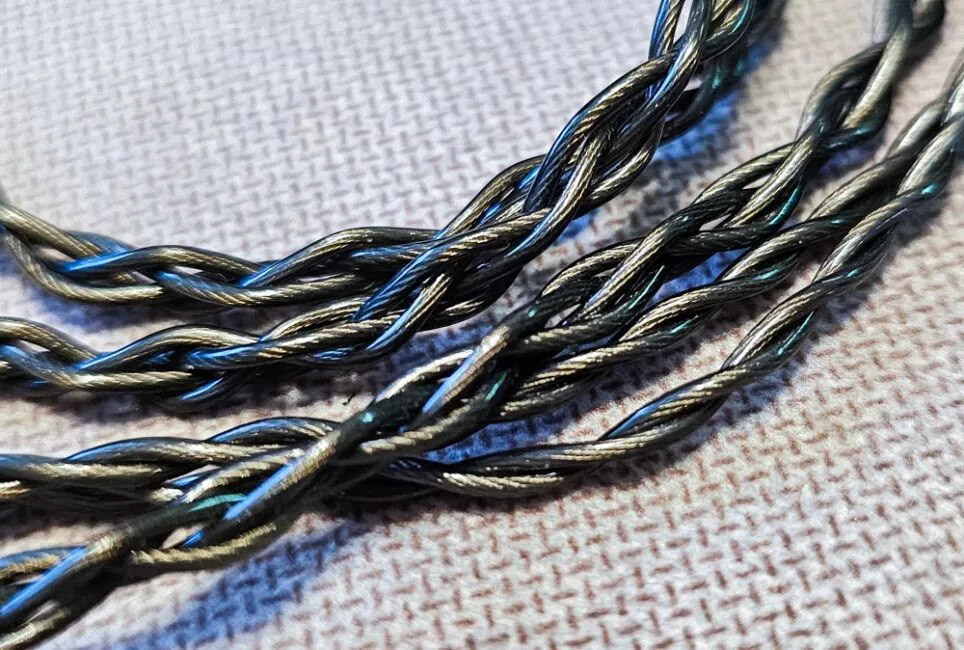
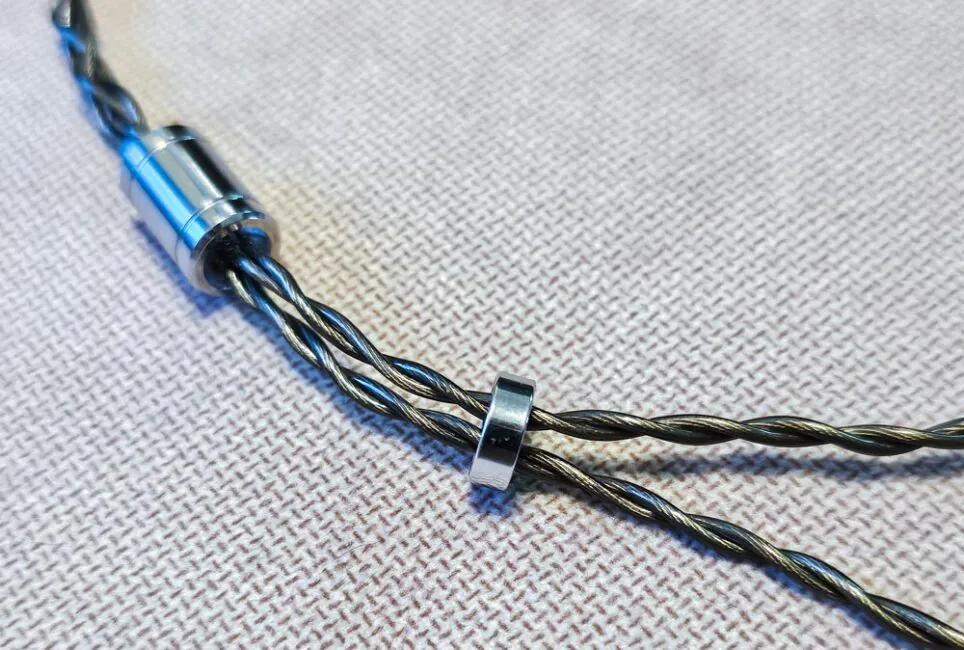
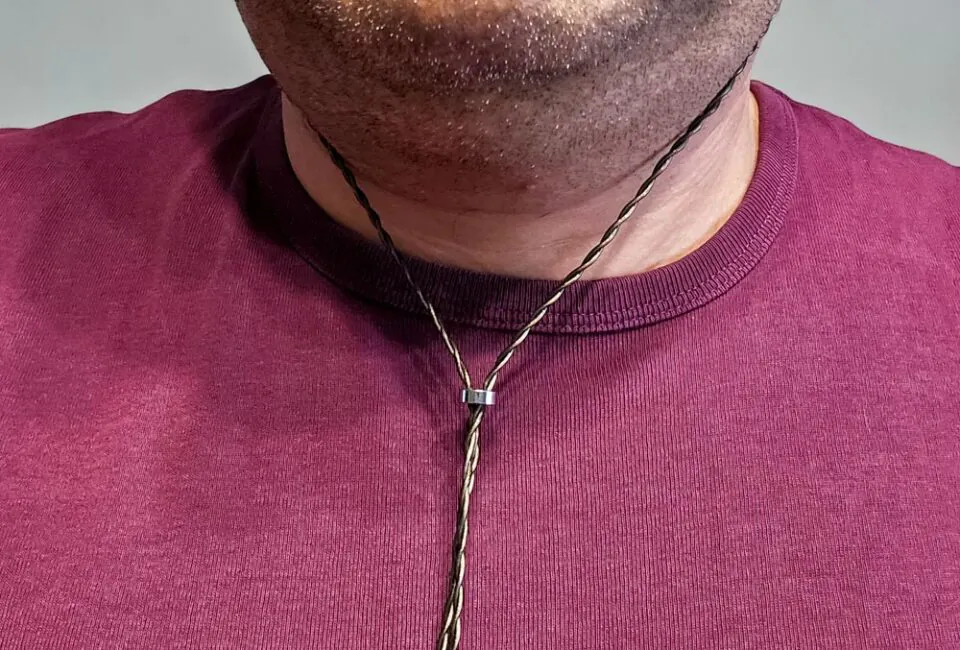
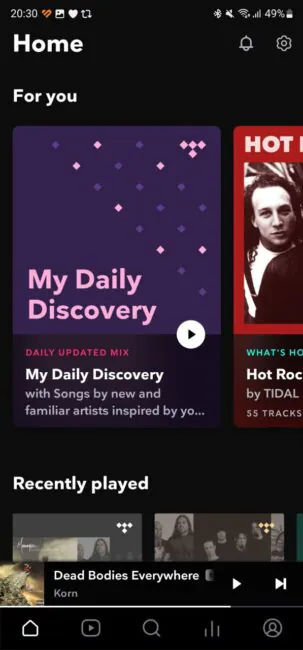

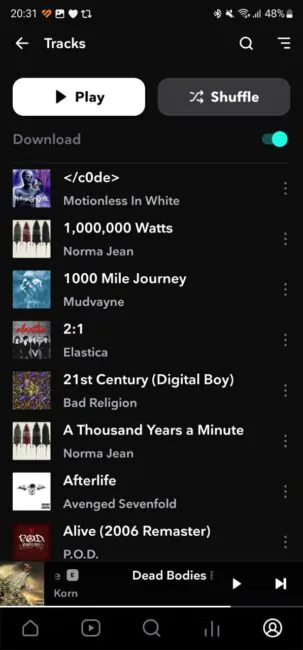
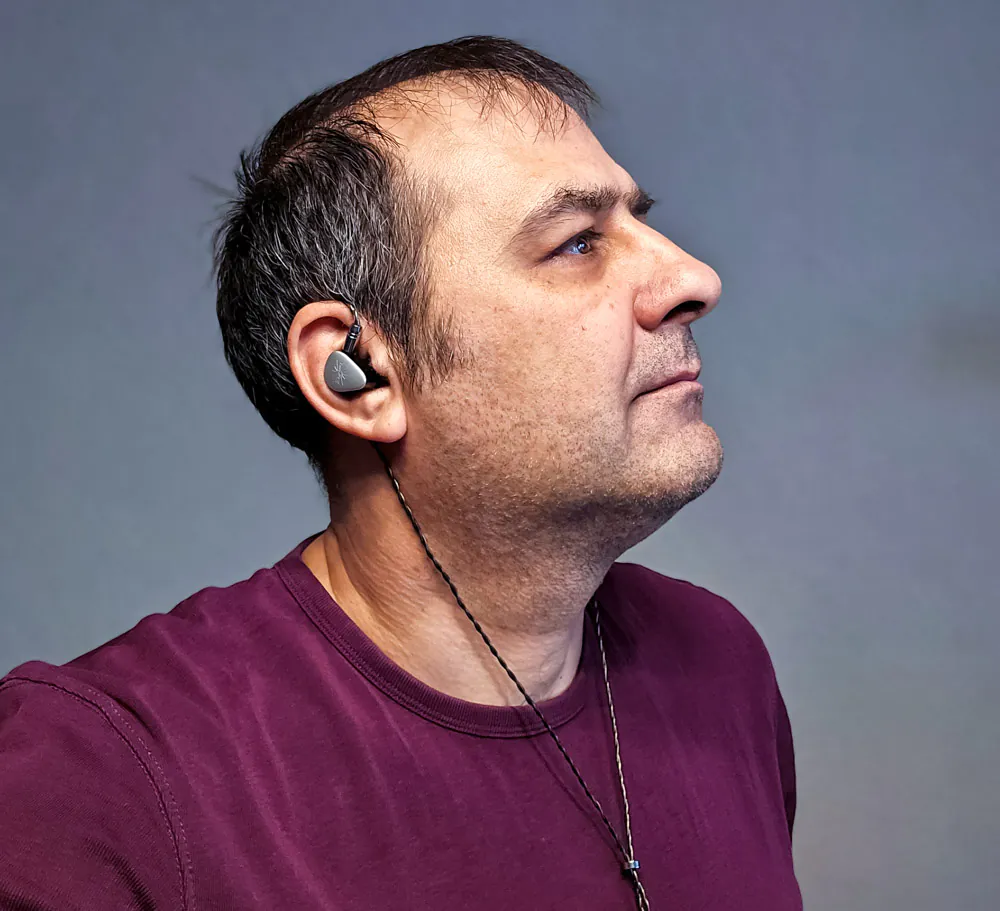
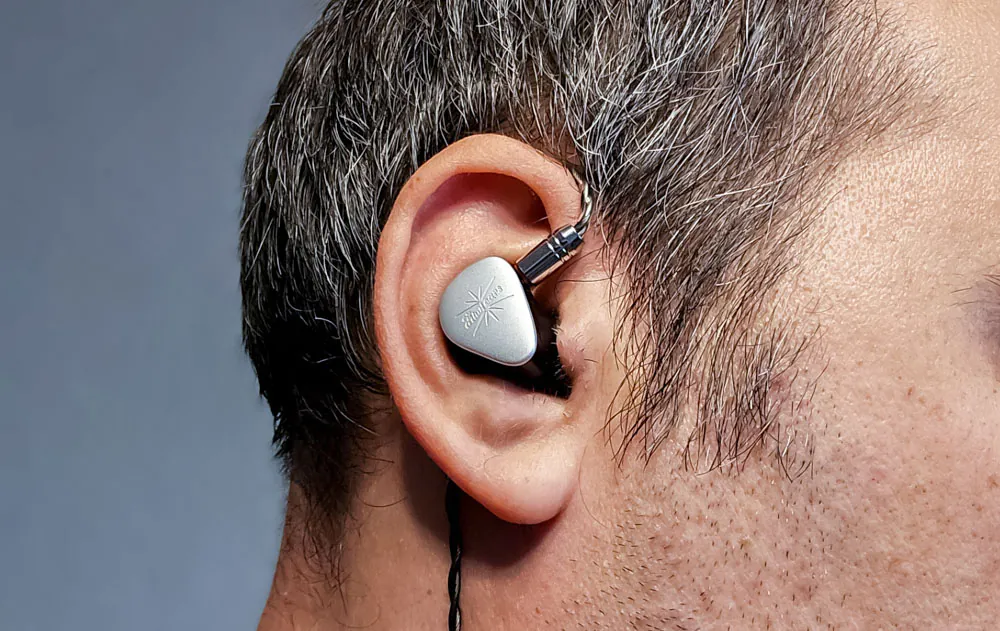
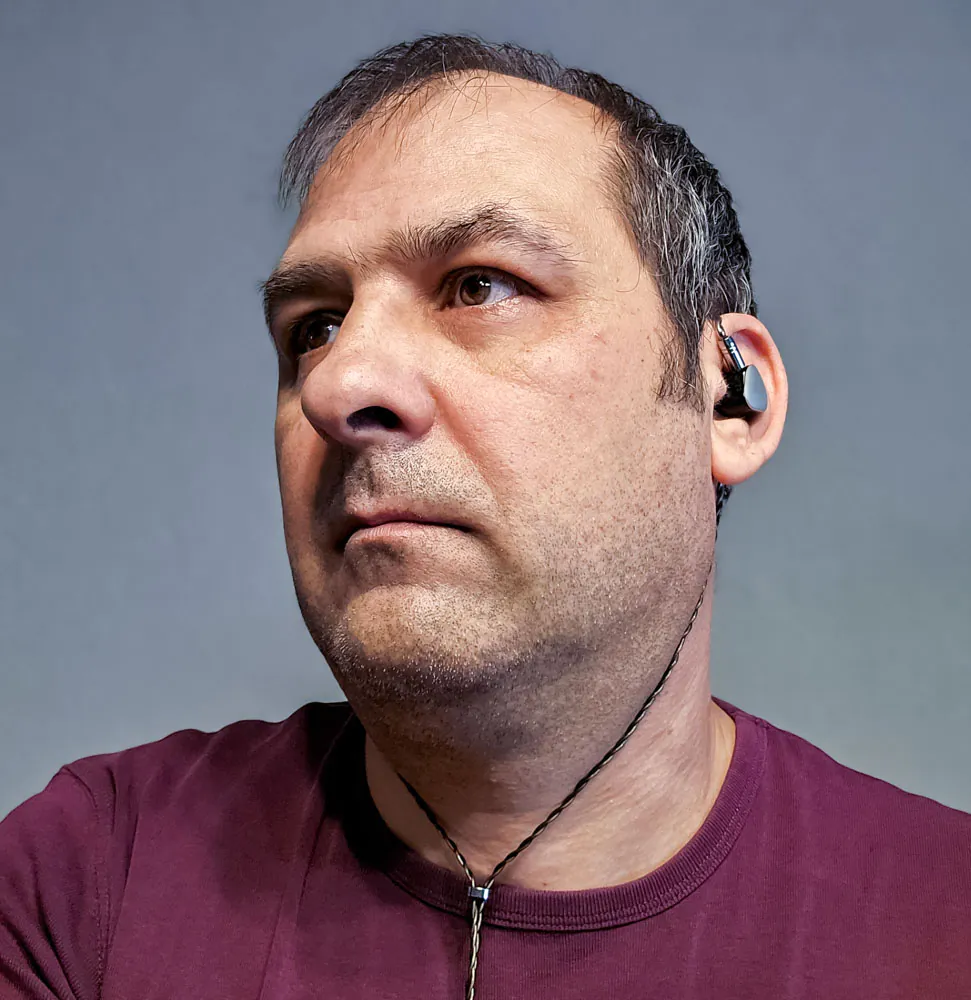
Since the review is not directly related to headphones, I will write it in a separate comment.
Review of this product: Qualcomm QCC5181 Multipoint 400mAh Bluetooth 5.4 Earphone Upgrade Cable LDAC APTX-HD AAC
A good wireless part (fast and reliable connection, multi-connector, support for all declared codecs), the quality of materials and manufacturing can also be praised, but the audio component (DAC) is poor.
I bought this cable to replace the old one with Bluetooth 5.0 and a smaller battery. The old cable costs 3 times cheaper: aptX Adaptive Headphones Bluetooth 5.0 Cable with LDAC
But the sound with the new cable is noticeably worse than with the old one. Changing the sound settings on a smartphone (I have a Galaxy S23 Ultra), such as enabling Dolby Atmos and manipulating the equalizer, do not help at all.
With the old cable, I don’t notice the difference between a wired and wireless LDAC connection. This new cable gives a noticeable deterioration of the sound – the detail, volume decreases, the bass is blurred, and the high frequencies acquire a metallic sound. In general, the sound seems very flat and dirty to me. I’m disappointed. New and expensive equipment is not always better than old and cheap. I used both cables with Kiwi Ears Quintet and Quartet headphones. All of the above is true for both headphones.